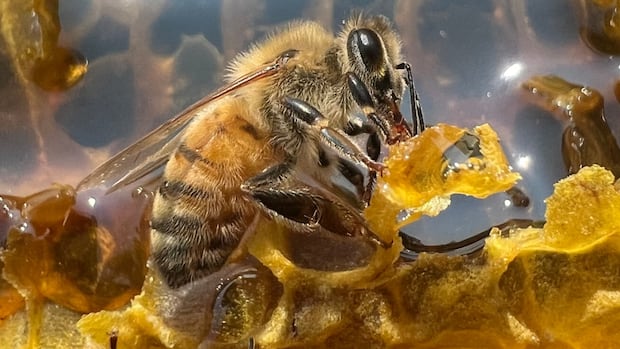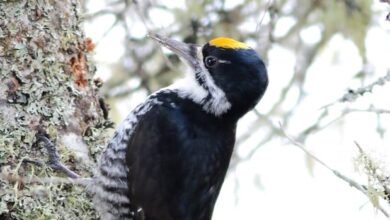As this tiny frog disappears from Canada, conservationist warn fast-tracking bills put more species at risk
The Blanchard’s Cricket Frog, a tiny amphibian that can fit on your thumb, has recently been declared locally extinct in its wetland habitat of southwestern Ontario. This small frog, known for its distinctive call that sounds like shaking a bag of marbles, hasn’t been seen or heard in decades. The last confirmed sighting in Canada was in 1977 on Lake Erie’s Pelee Island, with some unconfirmed sightings reported until 1990 when it was listed as an endangered species.
In 2024, the Committee on the Status of Endangered Wildlife in Canada declared the Blanchard’s Cricket Frog extirpated in Canada, meaning it is no longer present in the country but can still be found in other locations. This marks the first land species to disappear from the country after being listed as endangered by the federal government. The federal government is currently holding consultations until July 7 to formally list the species as extirpated.
The disappearance of the Blanchard’s Cricket Frog has raised concerns among environmental advocates about the impacts of removing crucial protections for at-risk species. New legislation, such as Prime Minister Mark Carney’s “nation-building” projects bill and Ontario Premier Doug Ford’s Bill 5, could expedite certain projects by fast-tracking environmental approvals for initiatives like mines, roads, and pipelines. Advocates argue that these measures could further endanger vulnerable species like the Blanchard’s Cricket Frog.
Shane Moffatt, an advocacy manager with Ontario Nature, emphasizes the importance of conserving biodiversity to build a sustainable and healthy society. The primary reasons for the frog’s disappearance in Canada include habitat loss, pollution from fertilizers and pesticides, and potentially climate change. Moffatt urges the government to address these issues and prevent further harm to endangered species.
The unique habitat of the Blanchard’s Cricket Frog in Pelee Island, the most southern part of Canada, is characterized by open wetlands and sandy, muddy slopes. Thomas Hossie, an assistant professor of biology at Trent University, studies amphibians in this ecologically diverse region. He highlights the need to protect the remaining wetlands on the island, which have been significantly reduced due to agricultural development.
Jeff Hathaway, founder of Scales Nature Park, suggests the possibility of reintroducing the Blanchard’s Cricket Frog to the region. He believes that with proper planning and resources, reintroduction could be feasible to ensure the survival of this endangered species. As efforts continue to protect and restore habitats for at-risk species, the fate of the Blanchard’s Cricket Frog serves as a warning about the importance of conservation and environmental stewardship.




